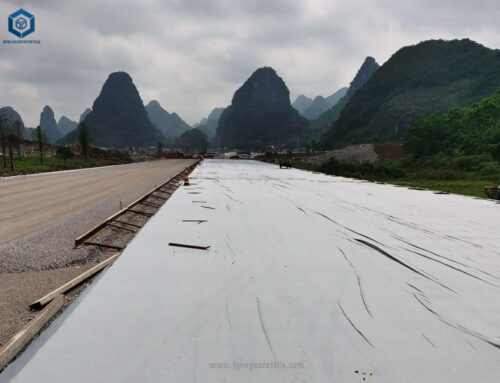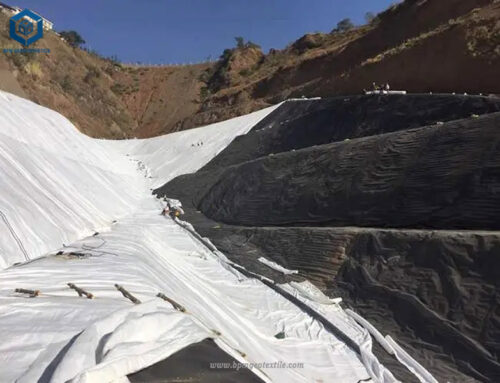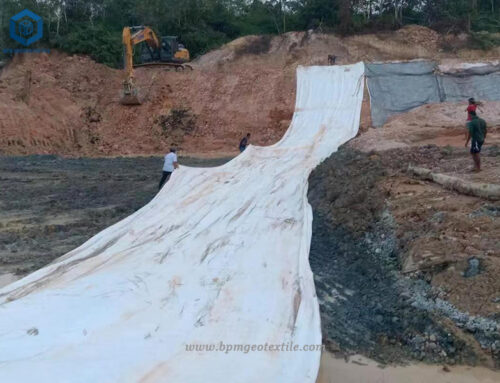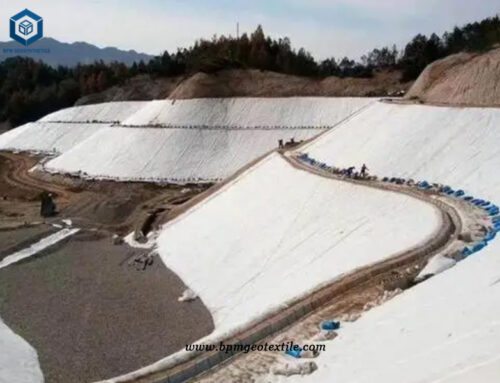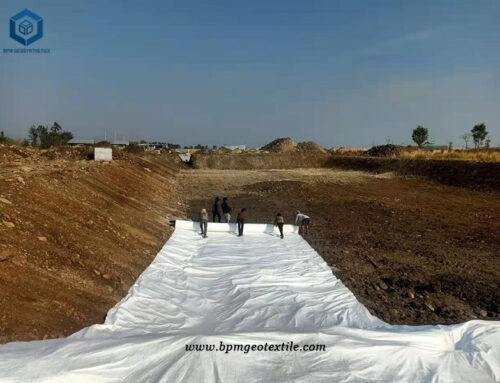Non woven polyethylene fabric, also known as non woven polyethylene geotextile, is the permeable geosynthetic materials made of synthetic fibers by needling or weaving. The finished product is cloth shape, generally 4-6 meters in width and 50-100 meters in length. Nonwoven geotextiles are divided into needle punched nonwoven geotextile and filament nonwoven geotextile. Non woven polyethylene fabric has excellent filtration, isolation, reinforcement and protection, high tensile strength, good permeability, high temperature resistance, freezing resistance, aging resistance, corrosion resistance.
Nonwoven geotextile is a new generation of cushion protective geosynthetic material specially designed and developed for preventing slope slip in sanitary landfill site. It can effectively prevent ultraviolet damage to chemical fiber and enhance the anti-aging property of nonwoven geotextile; In engineering, it is combined with the rough surface of HDPE film to increase the friction force between the cloth film and play a good application effect.
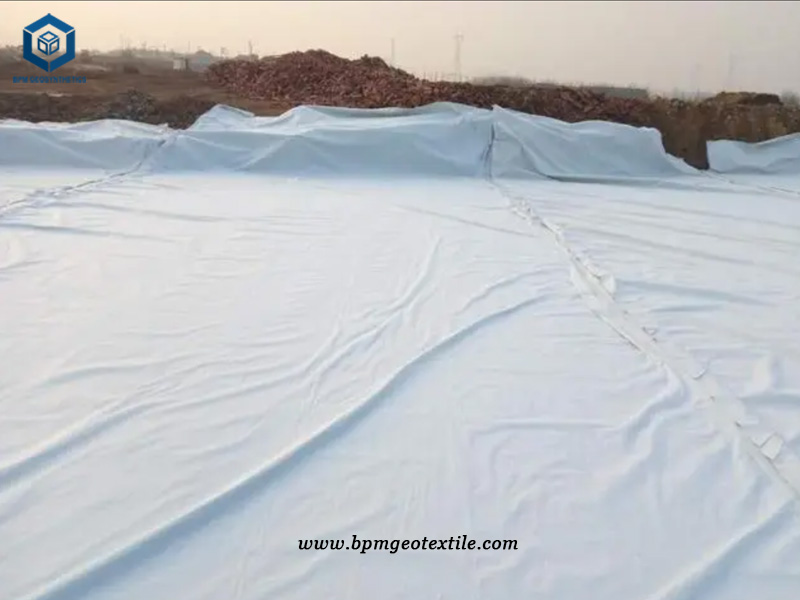
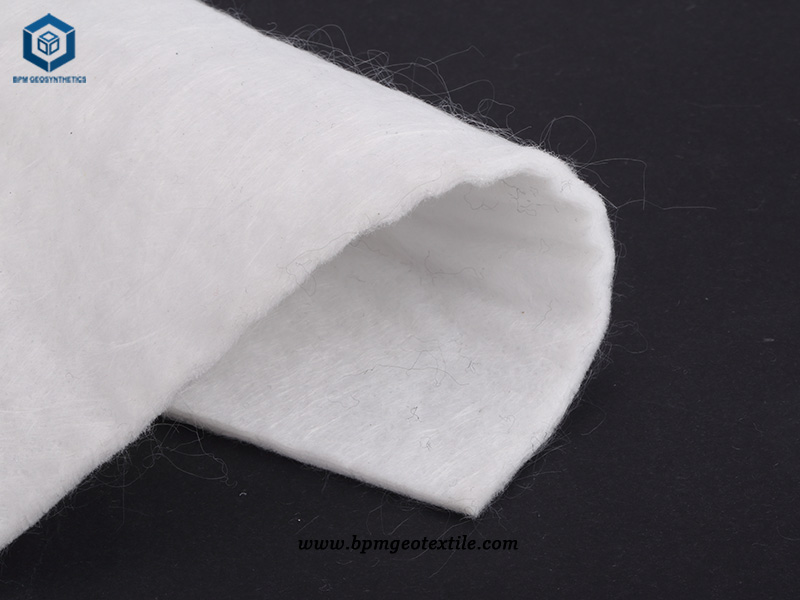
The Philippines, like most countries in the Asia-Pacific region, is facing a growing problem of solid waste management in its large cities. According to the World Bank, nearly 25 percent of the country’s waste is generated in metro Manila. Such problems can be blamed on the explosive growth in consumption of many goods, including food packaging, caused by high population density, as well as the increased use of various disposable items. Packaging materials also often contain materials that are harmful to the environment. If these wastes are not managed effectively, densely populated urban areas will face a growing waste problem. With a growing population, rising per capita consumption and increasing urbanization, the Philippines is facing three major problems in waste management: first, the rapid growth of waste generation; Second, changes in the composition of waste; Third, changes in the way waste is disposed of. So the Philippine government has started using landfills as a means of waste management.
Landfills with non woven geotextile generally means the non woven polyethylene fabric, it is polyester chip textile yarn consolidation into non-woven, again by way of acupuncture on non-woven stab penetration hole, polyester filament rendering 3 d arrangement, thus has a strong toughness and ductility, at the same time acupuncture added nonwoven geotextile filter performance, polyethylene material determines the non woven nonwoven geotextile also has good corrosion resistance, it is because of these physical characteristics of filament non-woven geotextile, making it in including landfill engineering, tailings pond, river and highway construction, has a wider range of applications. Commonly used grams are 200g/m2, 400g/m2, 600g/m2, 800g/m2.
The contractor of the Philippine project contacted the salesman through the BPM website. They won the bid for the domestic sanitary landfill project and needed us to provide the technical indicators, samples and third-party testing report of non woven polyethylene geotextile, with emphasis on alkaline resistance. BPM salesman recommended filament nnon woven polyethylene geotextile of 400gsm according to the requirements of the client’s project. After receiving the samples, the customer asked a third-party testing company to test various indicators. Finally, they were very satisfied with our products and fully met the customer’s requirements. Therefore, cooperation was finally reached after communication on quantity, price, delivery date and payment method.
Non woven polyethylene geotextile has the excellent heat and light resistance. There is little change in performance even after short-term exposure at nearly 20℃. Through a large number of tests and practices, non woven geotextile has been proved to have a variety of natural soil, water and microbial long-term corrosion resistance. Non-woven non woven geotextiles for landfill sites has the following Characteristics.
- With strong permeability, it can discharge engineering water in time;
- It has good creep resistance and can resist soil acidity and chemical corrosion;
- It has good extension adaptability and can adapt to the environmental soil conditions and fit the surface.
- Itcan play a permanent isolation role;
- Long-term isolation of soil layers composed of different components and properties and prevention of mixing;
- It has frost resistance and load bearing requirements required by construction.
- With good anti-filtration performance and anti-corrosion performance. Water can permeate in all directions without building up pressure. At the same time, it can prevent soil loss and is beneficial to stability and anti-corrosion performance.
- With reliable drainage performance. Because of the fluffiness of the structure, the drainage of geotechnical engineering surface can be effectively controlled.
- With good protection performance. Because of its good puncturing, extensibility and fluffiness, it can effectively protect the waterproof layer from potential mechanical damage.
- With reinforcement performance. The fluffiness and high strength improve the overall stability of the project and increase its strength.
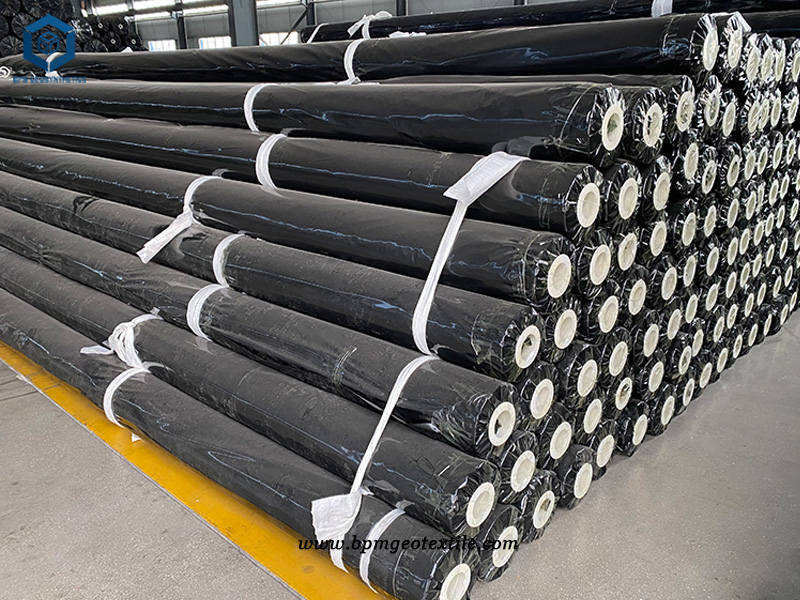
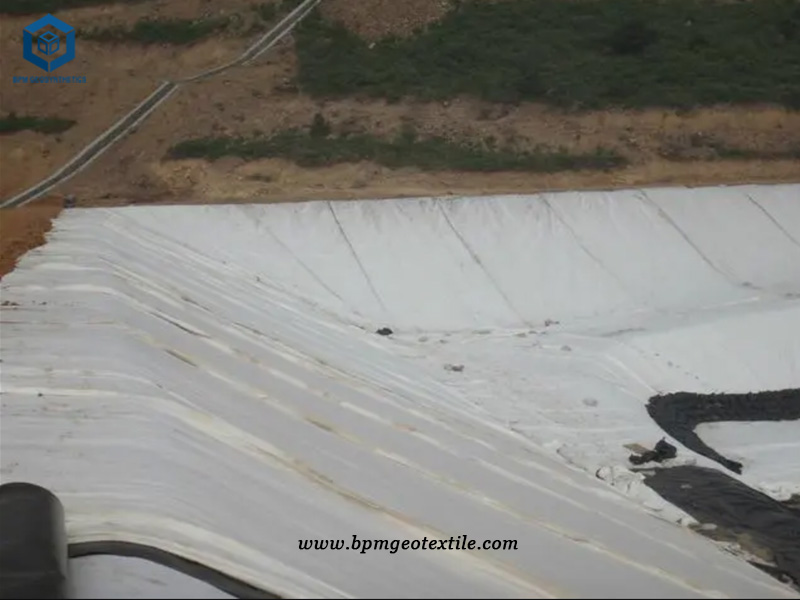
Nonwoven Geotextile Construction and Laying
Non woven polyethylene geotextile laying process. Nonwoven geotextile rolls should be protected from damage before installation and deployment. Non woven geotextile rolls should be stacked in a flat place free of water, stacked no more than four rolls high, and the identification plate of the rolls can be seen. Non woven polyethylene geotextile rolls must be covered with an opaque material to prevent UV ageing. In the storage process, to maintain the integrity of labels and data integrity. Nonwoven geotextile rolls must be protected from damage during transportation, including on-site transportation from the material storage site to the work site. Nonwoven geotextile rolls that have been physically damaged must be repaired, badly worn cannot be used. Any nonwoven geotextile in contact with the leaking chemical agent is not allowed to be used in this project. Laying method of nonwoven geotextile.
- Manual rolling.The cloth should be flat, and the appropriate amount of deformation allowance.
- Filament installation is usually done by lap, suture and welding. The width of suture and welding is generally more than 0.1m, and the lap width is generally more than 0.2m. nonwoven geotextiles that may be exposed for a long time should be welded or sutured.
- The stitching of nonwoven geotextiles. All stitching must be continuous (e.g., spot stitching is not allowed). nonwoven geotextiles must overlap at least 150mm before overlapping. Minimum stitching distance to selvage (exposed edge of material) is at least 25mm.
The non woven geotextile seams include a line and line lock chain seam. The thread used for suturing shall be a resin material with a minimum tension of more than 60N and shall have chemical and uv resistance comparable to or exceeding nonwoven geotextile. Any “missing stitches” in the stitched nonwoven geotextiles must be re-sewn in the affected areas. Measures must be taken to prevent soil, particulate matter or foreign matter from entering the nonwoven geotextile layer after installation. The lap of cloth can be divided into natural lap, seam or welding according to the terrain and function.
Specifications of Non Woven Polyethylene Fabric for Landfill Project in Philippines
- Specification of Non woven geotextile– 400g/m2
- Total Quantity – 130,000Square meters
- Each roll Size – 6m*50m
- Standard – ASTM standard
About BPM
BPM manufactures and wholesales many types of effective and states of the art geotextile, geomembrane, and other geosynthetics to over 36 countries. BPM geosynthetic products are widely used across a variety of industries including waste containment, water containment, aquaculture, industrial project, energy project and mining projects, etc. BPM main customers are from Australia, France, Sweden, UK, Hungary, New Zealand, Poland, Mexico, Ecuador, Brazil, Pakistan, Bangladesh, Thailand, Vietnam, Malaysia, Indonesia, Singapore, Philippines, Sri Lanka, India, UAE, Saudi Arabia, Qatar, Kenya, etc.
BPM is not only manufacturing best quality geosynthetic products but also providing professional design and installation service. OEM, ODM, custom development and fabrication are also available. If you have any questions or inquiries, please fill and submit the following form, we will reply as soon as possible.

